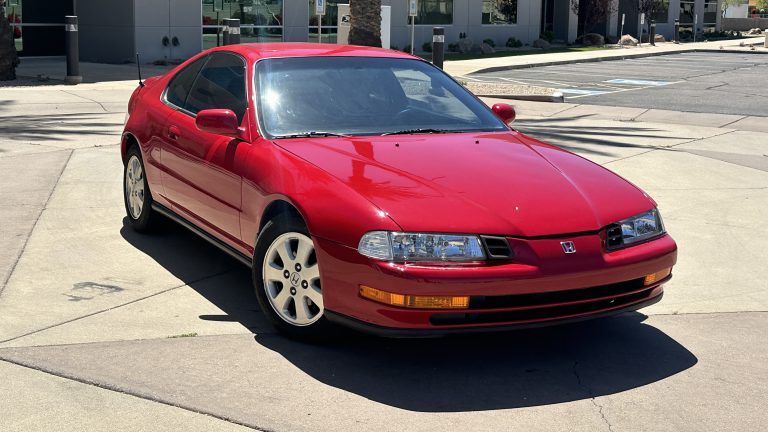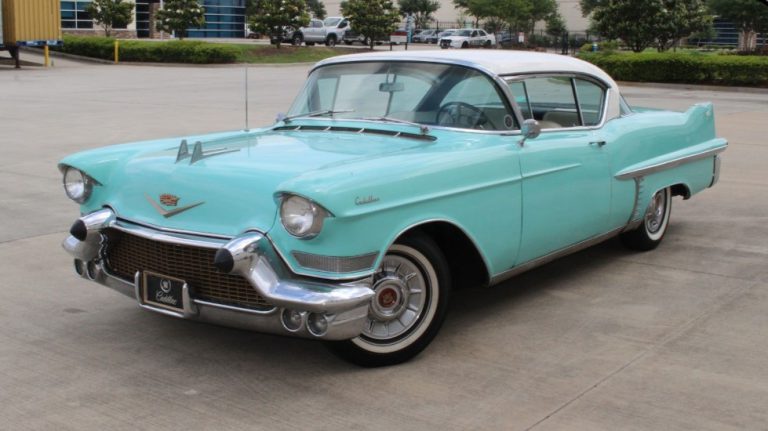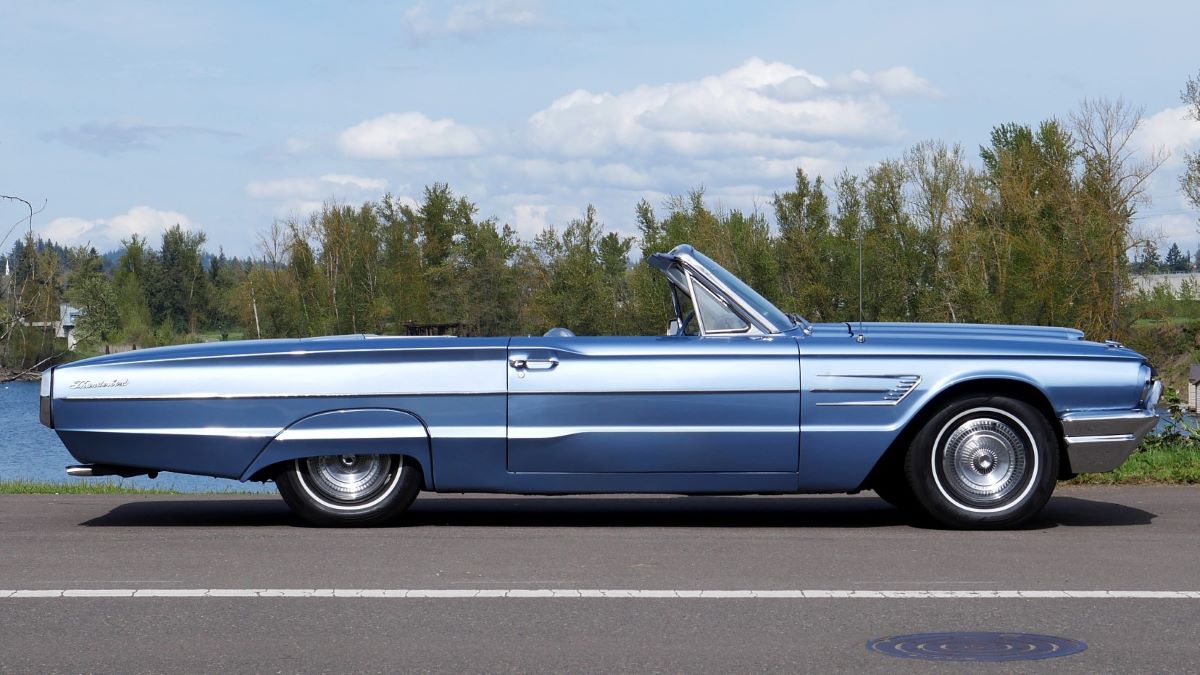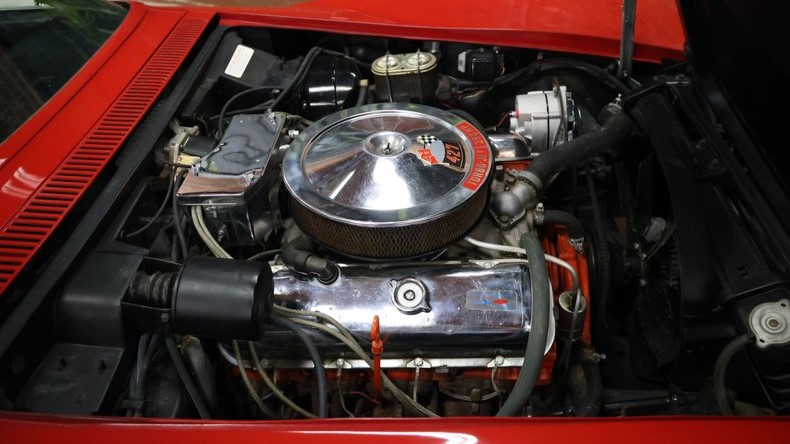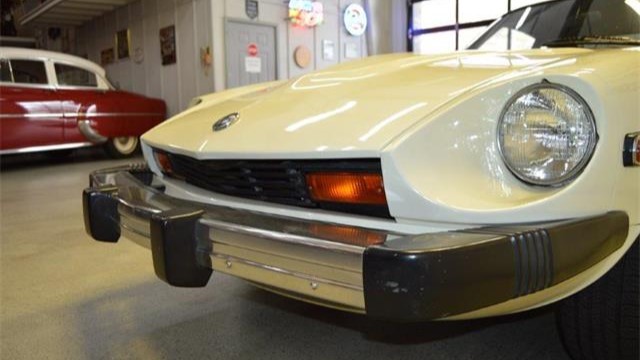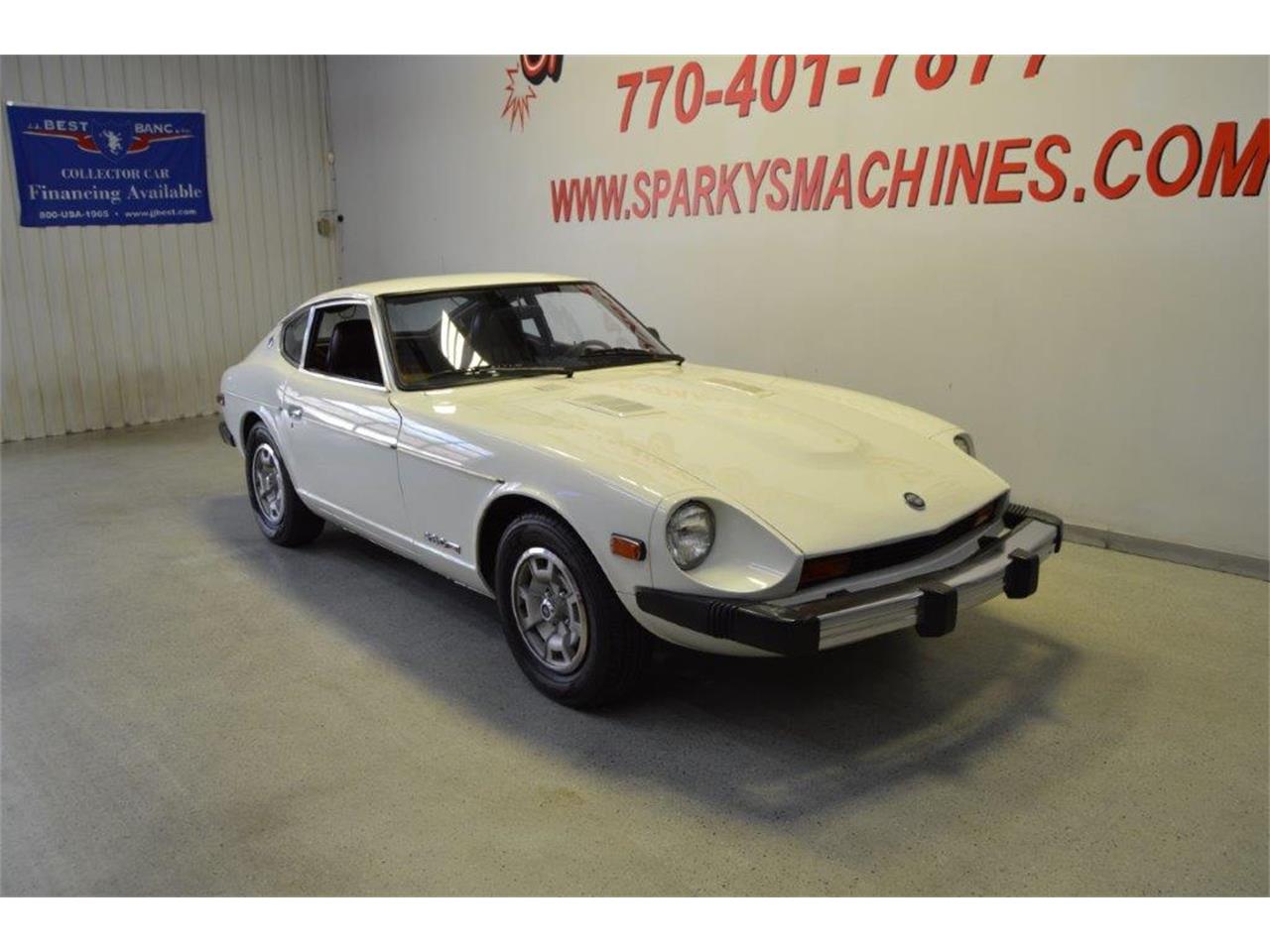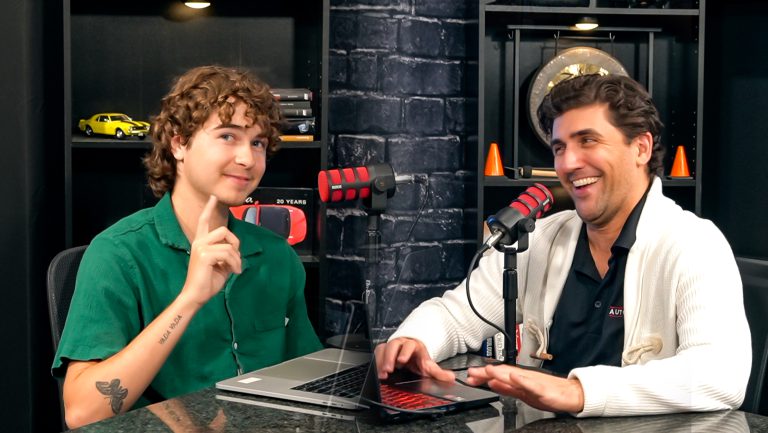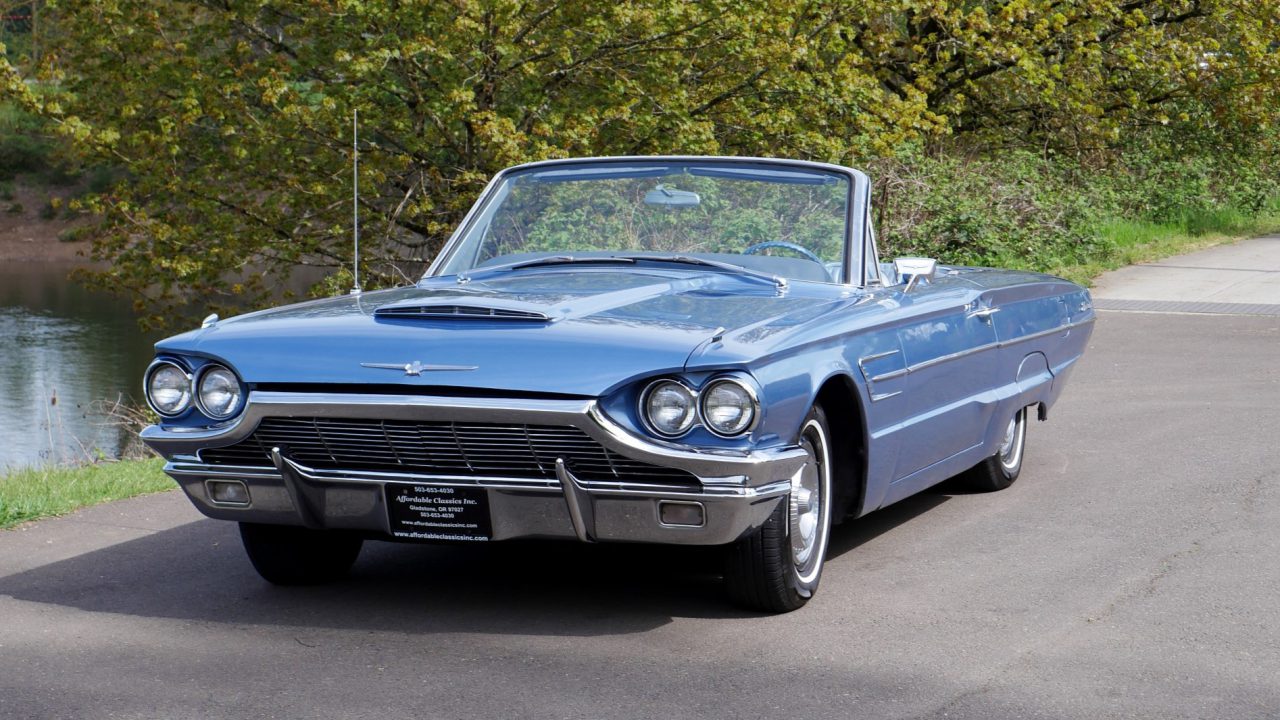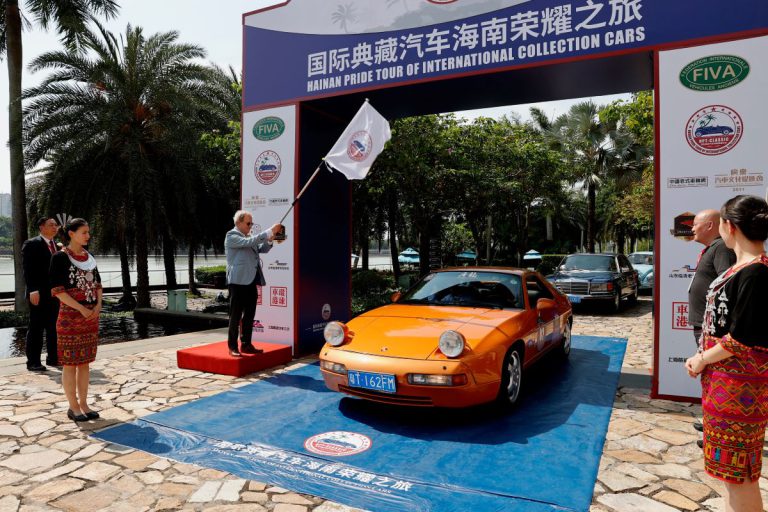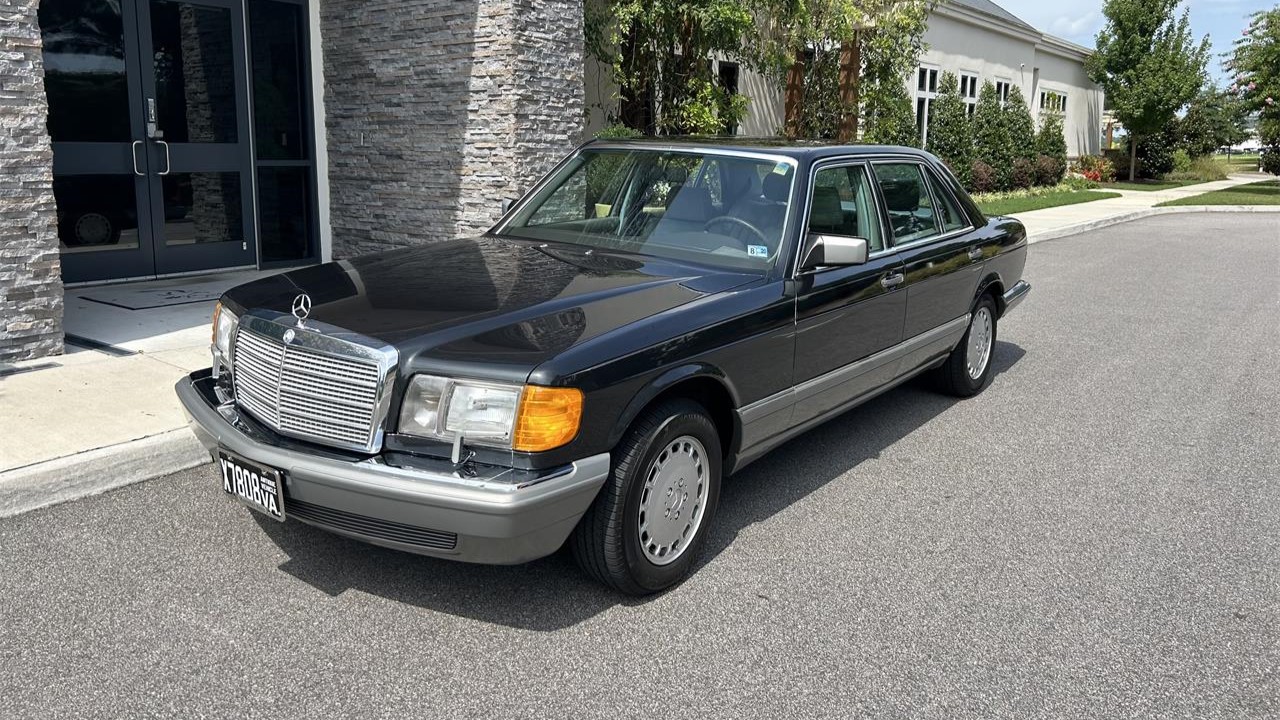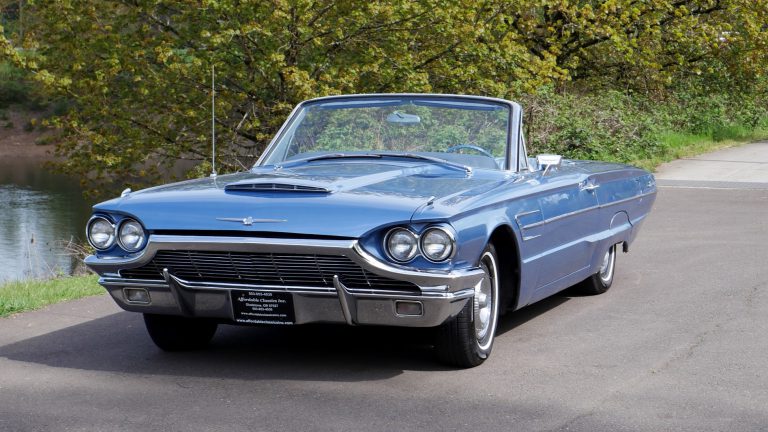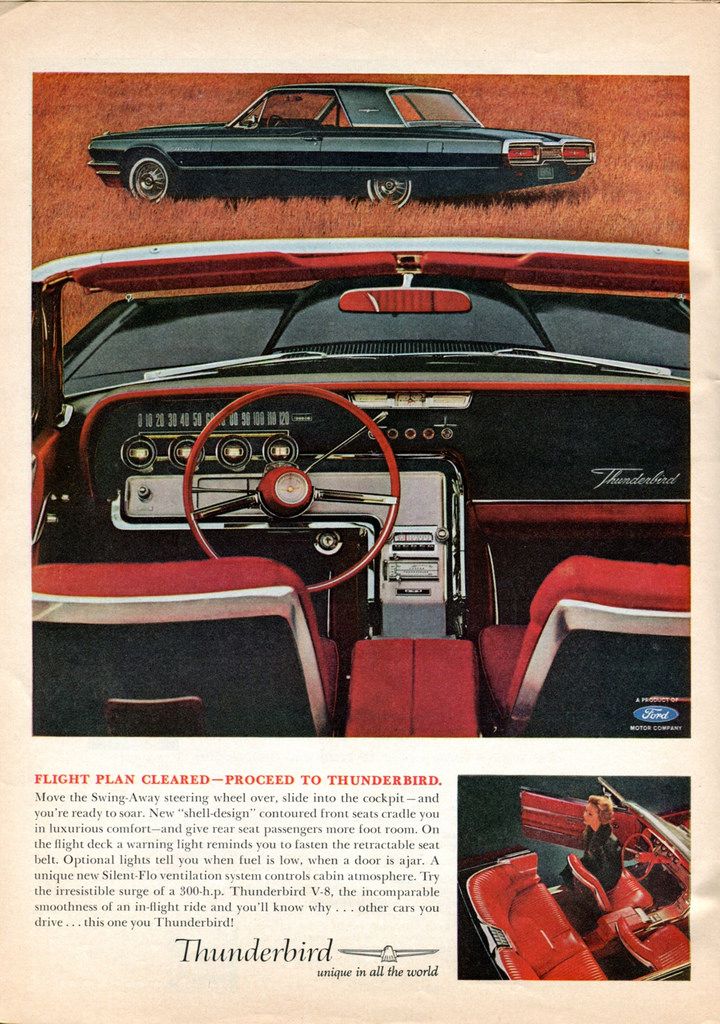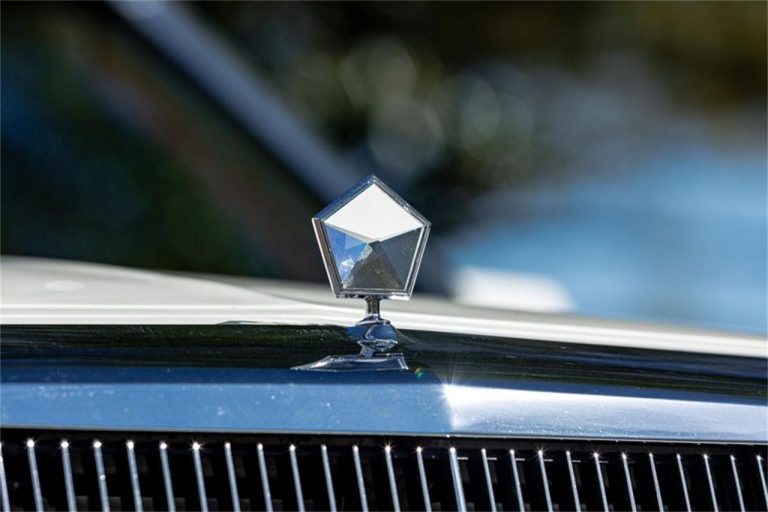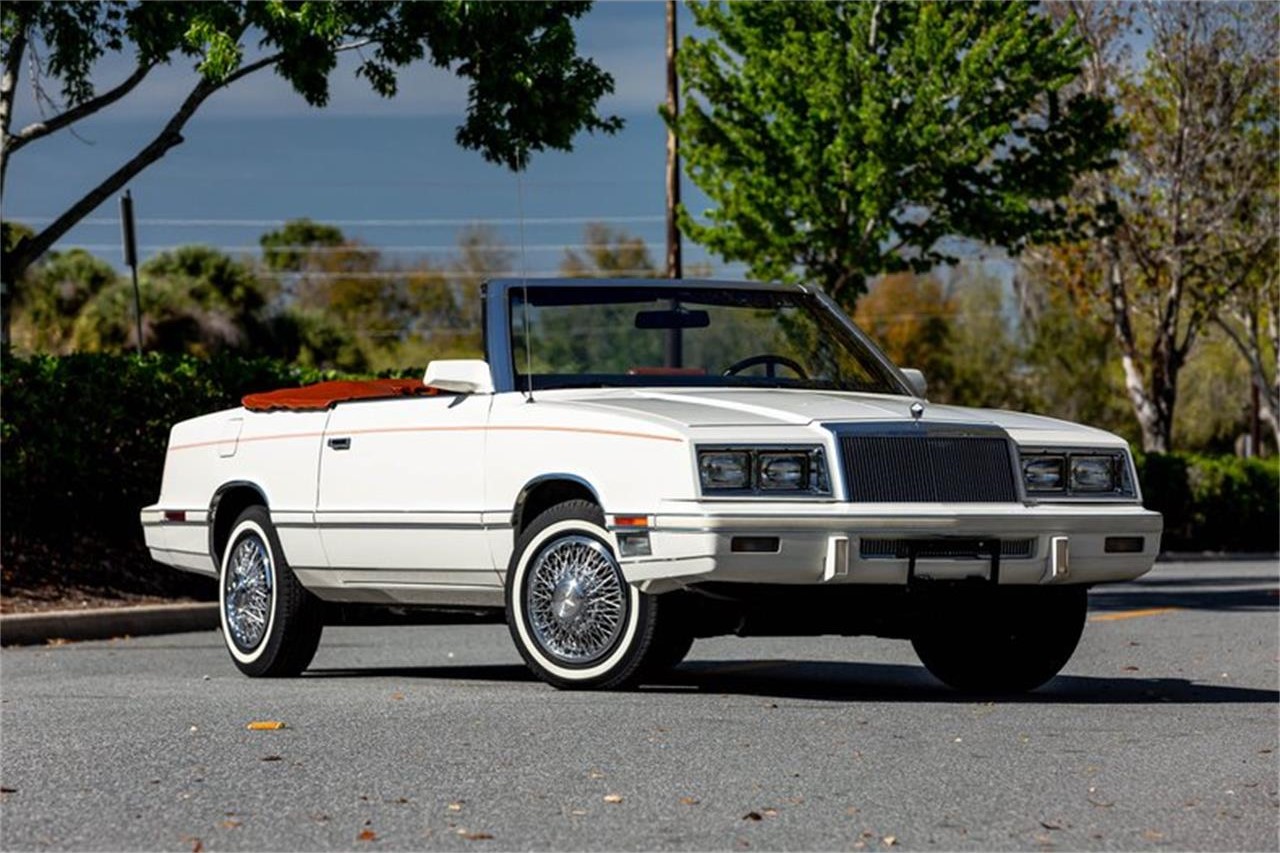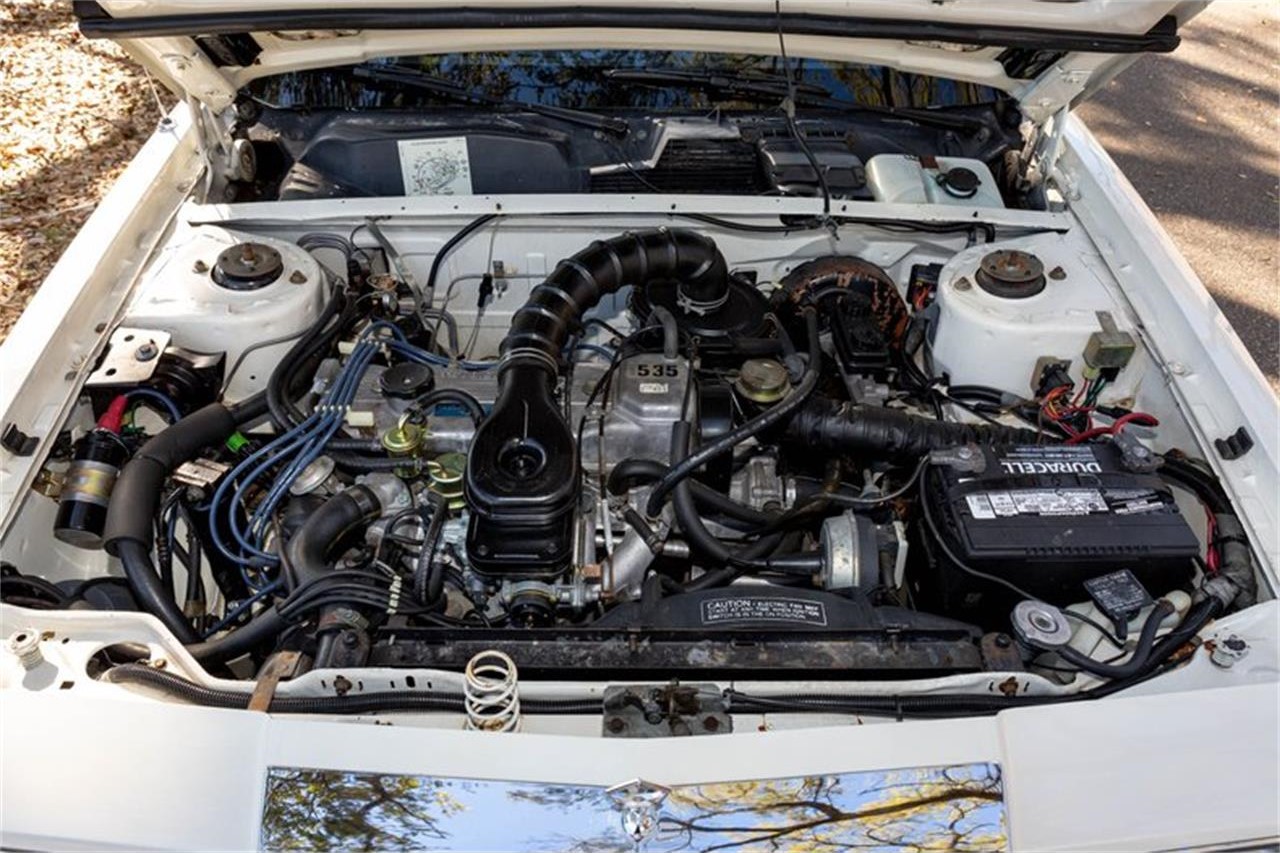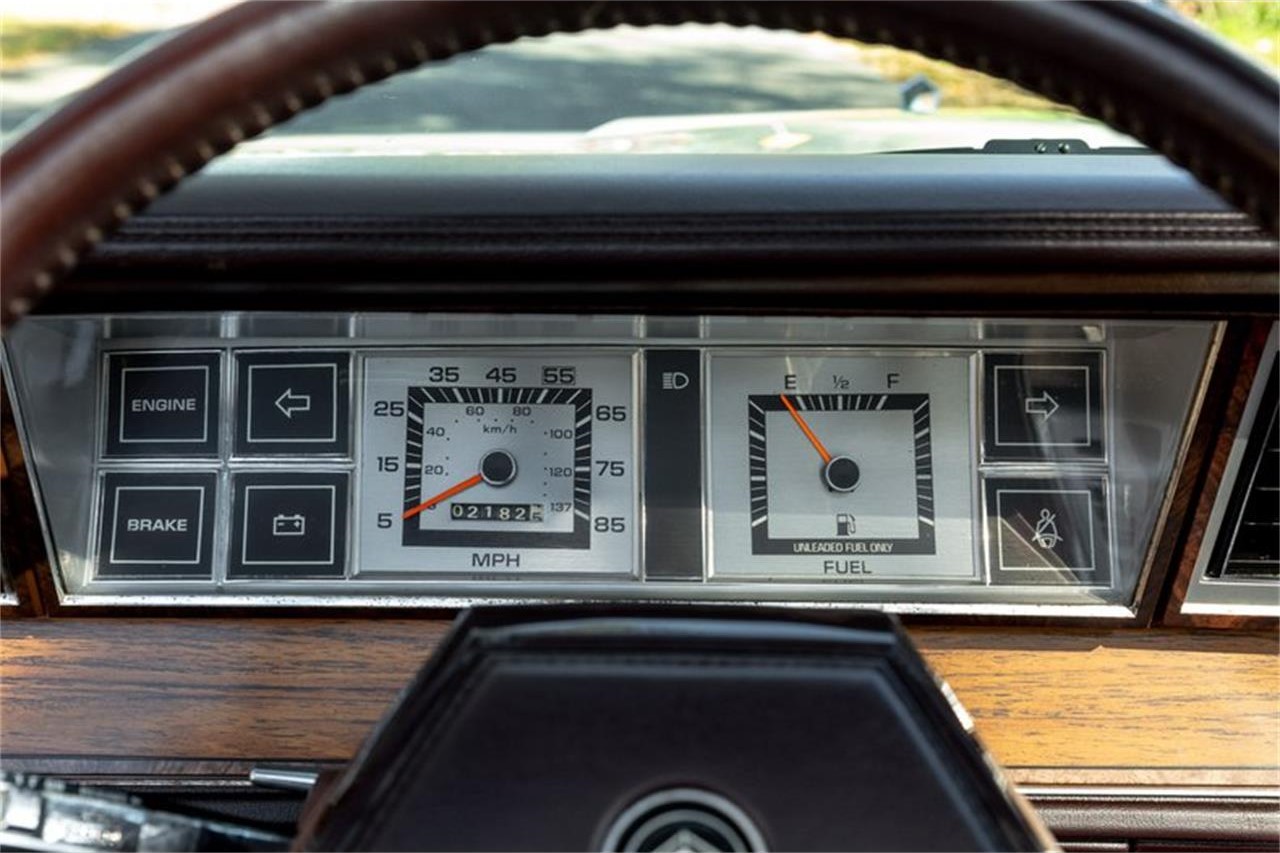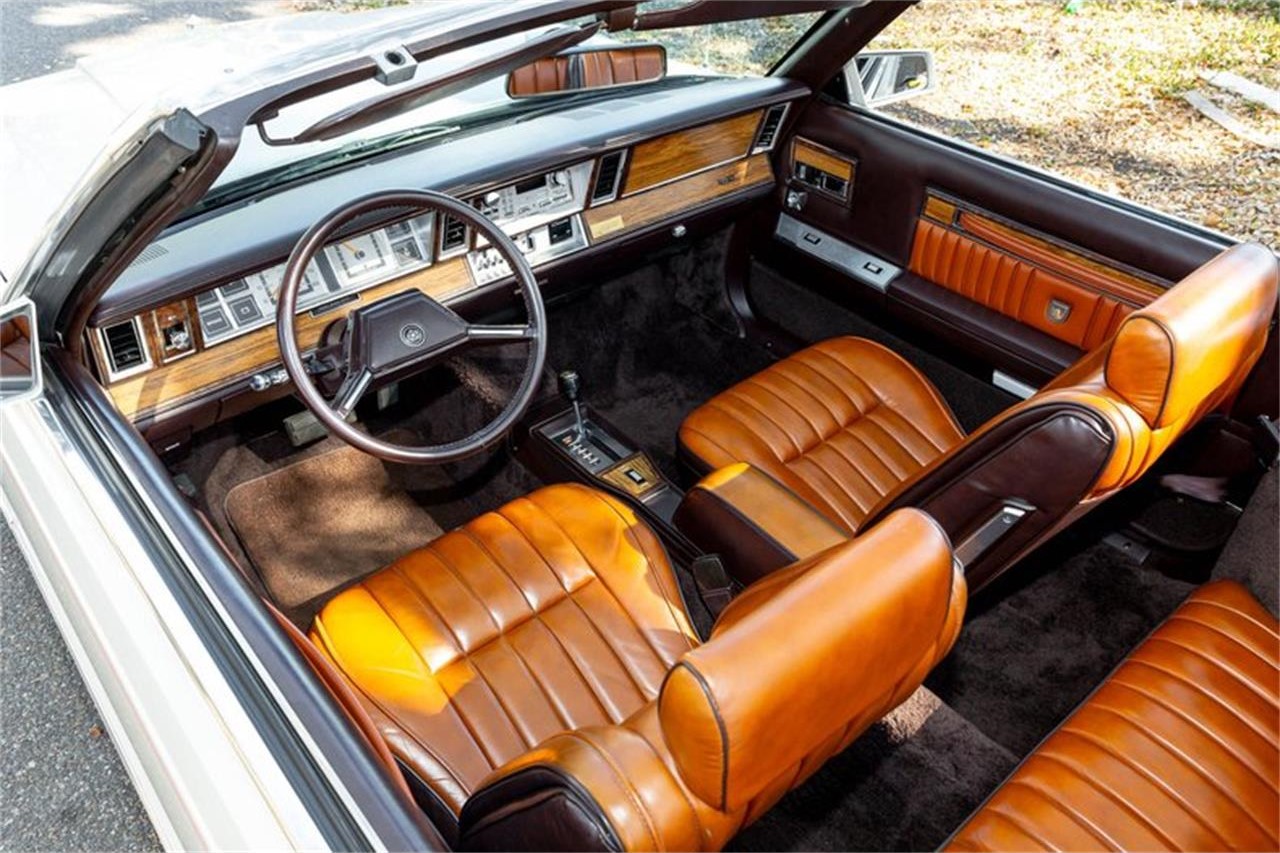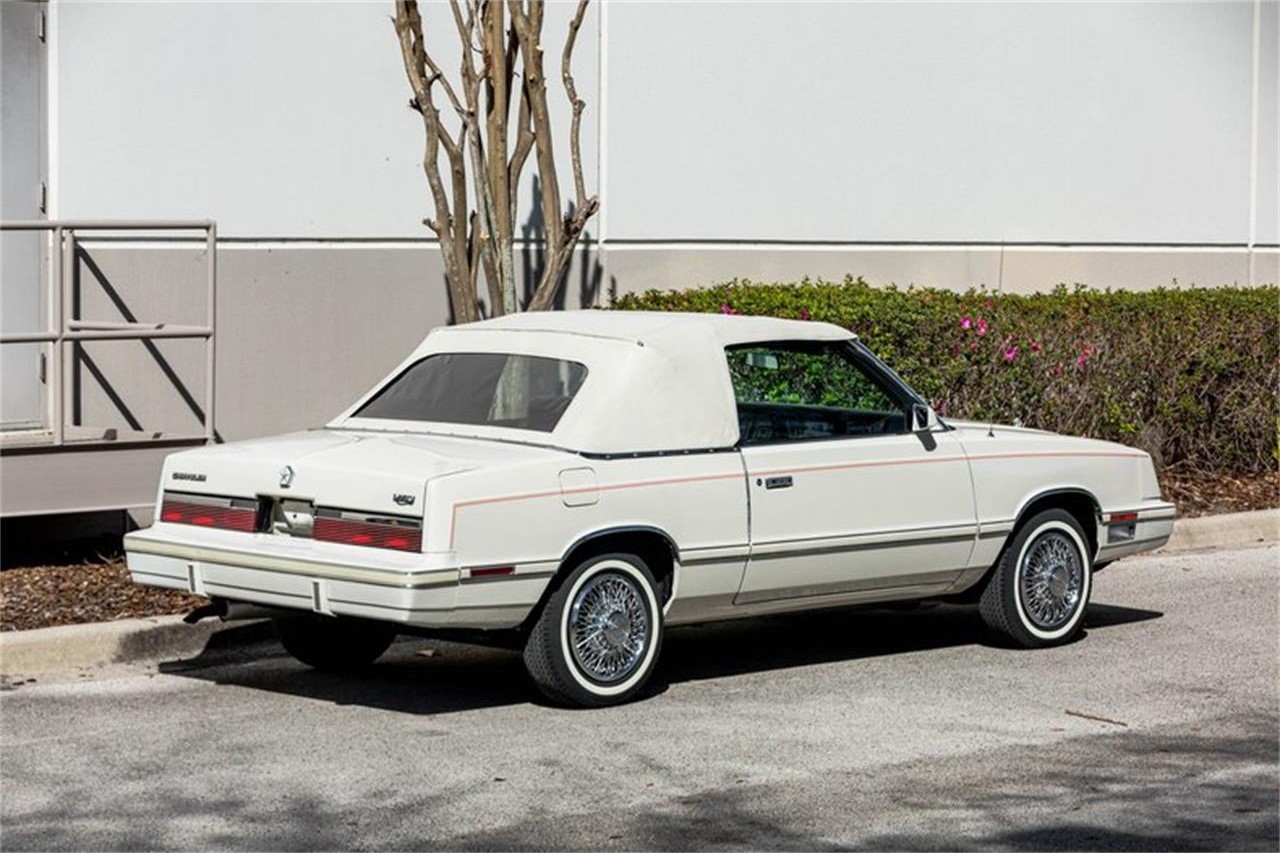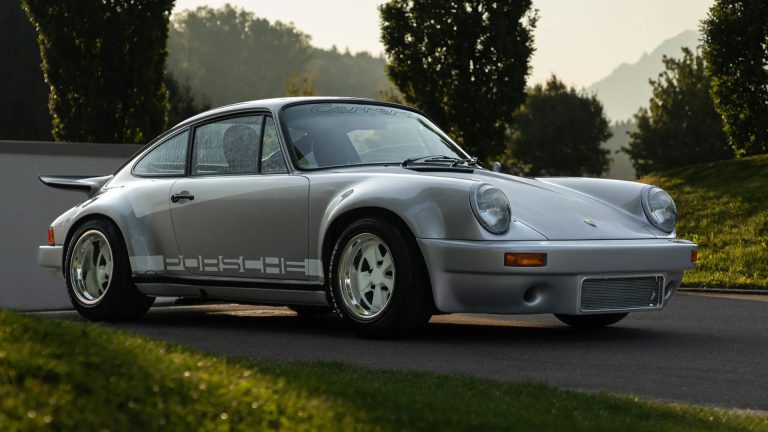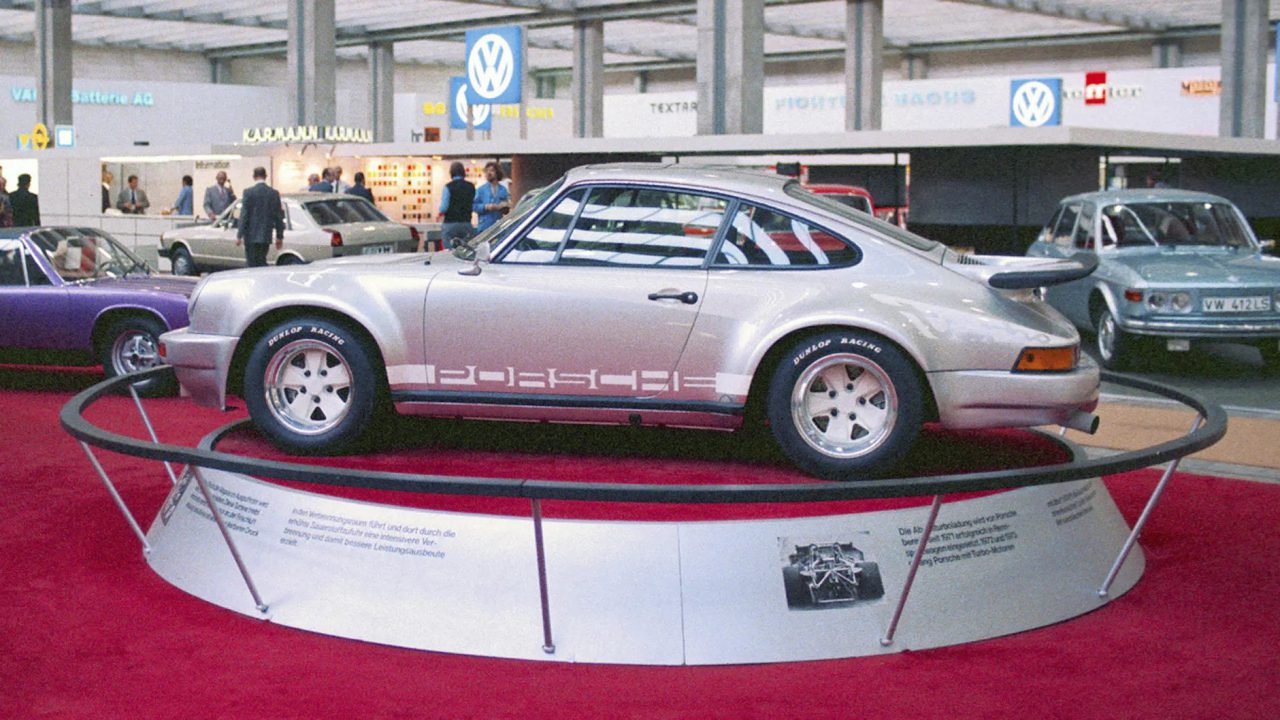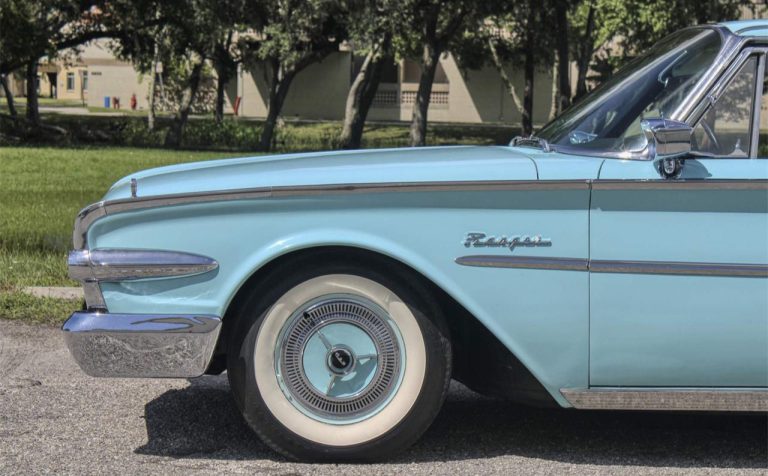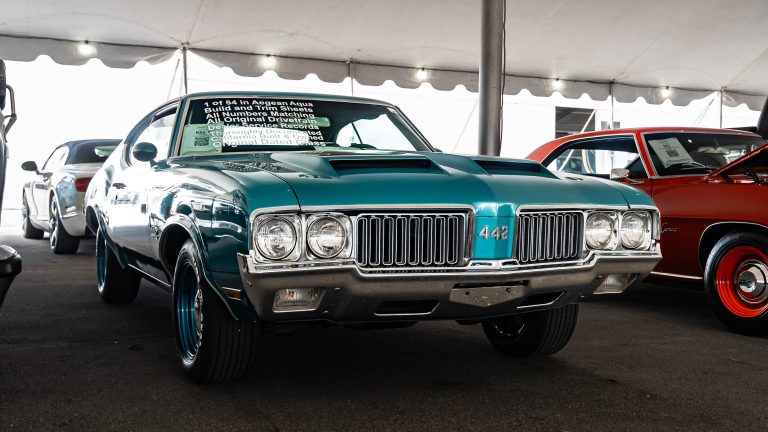Assembling a complete set, as it turns out, can apply to more than just baseball cards or souvenir shot glasses. Even automotive collectors find it satisfying to complete a series. And with my recent acquisition of a 1993 Prelude, I closed the gap on owning all five generations of that model.
It has been 45 years since the Honda Prelude sport coupe was first launched. Marketed for over two decades and five generations, the car was phased out of production after model year 2001. However, true to its name, those Preludes might have been just an indication of what was to come.
Consistent Formula
The “original” Prelude made its way to dealership showrooms in 1979 and paved the way for subsequent models. Throughout its lifespan, the Prelude leveraged a front-wheel-drive, naturally aspirated four-cylinder coupe arrangement. It was well appointed even in base model form, and all Preludes came standard with sunroofs.
The press release for the introduction of the final-year Prelude (in 2001) said: “Designed to be an aggressive sports coupe with superior handling, the Prelude is intended to appeal to drivers who will appreciate its high level of performance and refinement. Specific areas of improvement include enhanced handling, greater technical sophistication, more storage and utility, and enhanced safety.”
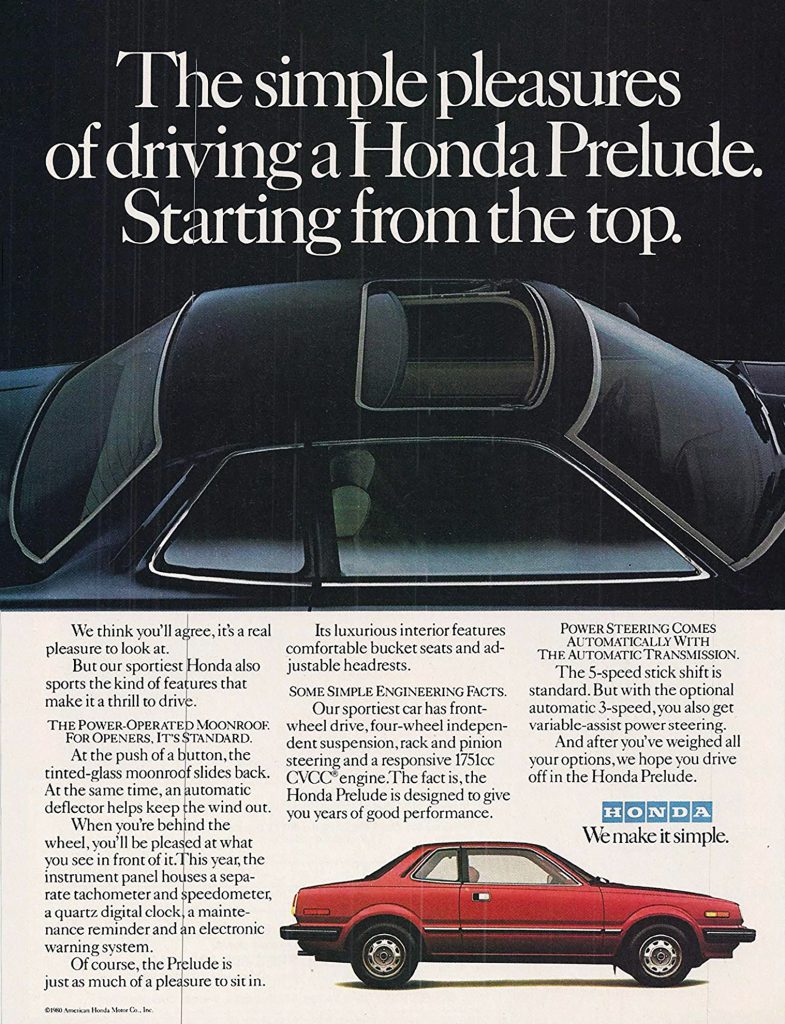
Enthusiasts were delighted to learn that the Prelude is coming back. At least, that’s what Honda has hinted. A concept car was shown at the Japan Mobility Show last October, and it later debuted at the Los Angeles Auto Show in November.
The Prelude’s attributes of handling and its captivating design were what drew me to the model from a young age; I drove a 1989 Prelude in high school in the late 1990s. A couple of years ago, the AutoHunter Cinema team produced a video showcasing my current car – which is nearly an identical copy of the one I owned back then. Even at 185,000 miles, the car’s smooth five-speed gearbox and acceleration feel are engaging. The 1980s aesthetic elements like pop-up headlights are icing on the cake.
One of my Preludes, by the way, was sold on AutoHunter two years ago. The only Prelude I hadn’t owned at that point was a fourth-generation version. Let us look more about its attributes.
Fourth Gen Basics
In model year 1992, Honda took a fresh design approach to its beloved sport coupe, both inside and out. The formerly wedge-shaped body took on a much more rounded look, and the pop-up headlights made way for fixed assemblies. Perhaps one of the most controversial elements was the car’s interior, where a two-tiered, flat-topped dashboard gave the cabin a sort of space-age vibe.

The generation lasted through 1996. There were three available powertrains offered during this era:
- “S” Model: Powered by the 2.2-liter F22A1 inline-four with 135 horsepower
- “Si” and “SE” Models: Powered by the 2.3-liter H23A1 inline-four with 160 horsepower
- “VTEC” Model: Powered by the 2.2-liter H22A1 inline-four with 187 horsepower
Across all available engines, the two transmission offerings were a five-speed manual and a four-speed automatic. One of the innovations that continued for this generation was an available four-wheel-steering system.
My “New” 1993 Prelude Si
On June 2, 1993, a Prelude was sold from Tempe Honda in Arizona to its proud original owner, Julie, with 16 miles on the odometer. Julie had previously owned a Honda CRX and was already hooked on the driving dynamics, economy, and overall “friendliness” that Honda ownership entailed. Julie opted for a Milano Red “Si” (a trim level that originated in the 1980s to describe the Sport Injected, or fuel-injected, model) with a five-speed manual transmission. The car had a retail price of $20,330.
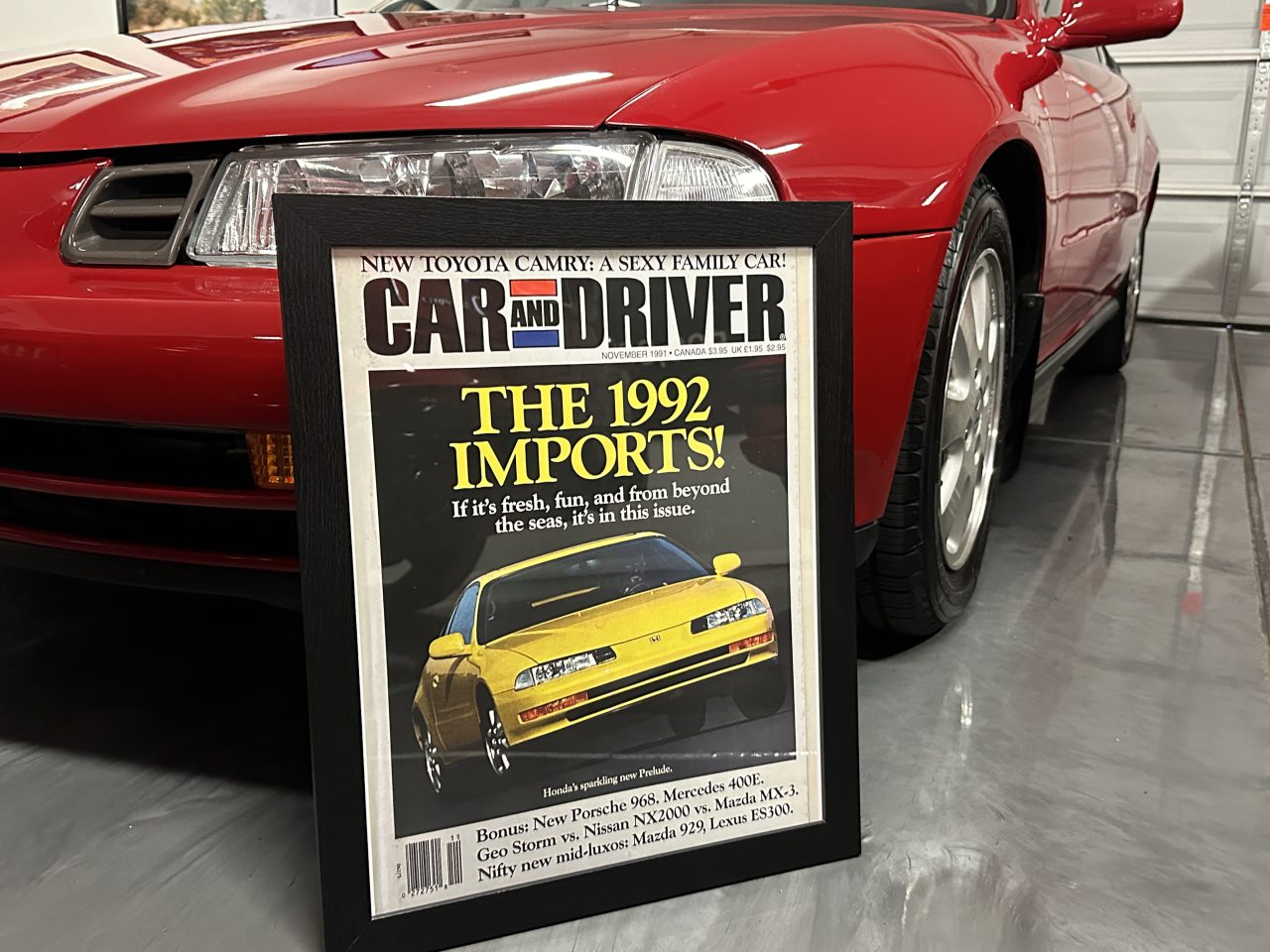
After 219,547 trouble-free miles and 31 years, Julie was finally ready to part ways with her car. Effectively, she’d owned the car for half her life, so this was a difficult decision to make. She wanted something with a few more safety features, an elevated ride height, and easier ingress and egress.
That’s where I came into the picture. As it turns out, Julie and I were mutually connected through an independent mechanic. Julie expressed that she was ready to sell the car and we were put in touch since I am integrated into the Honda/Acura community locally. The car was too cool to pass up.
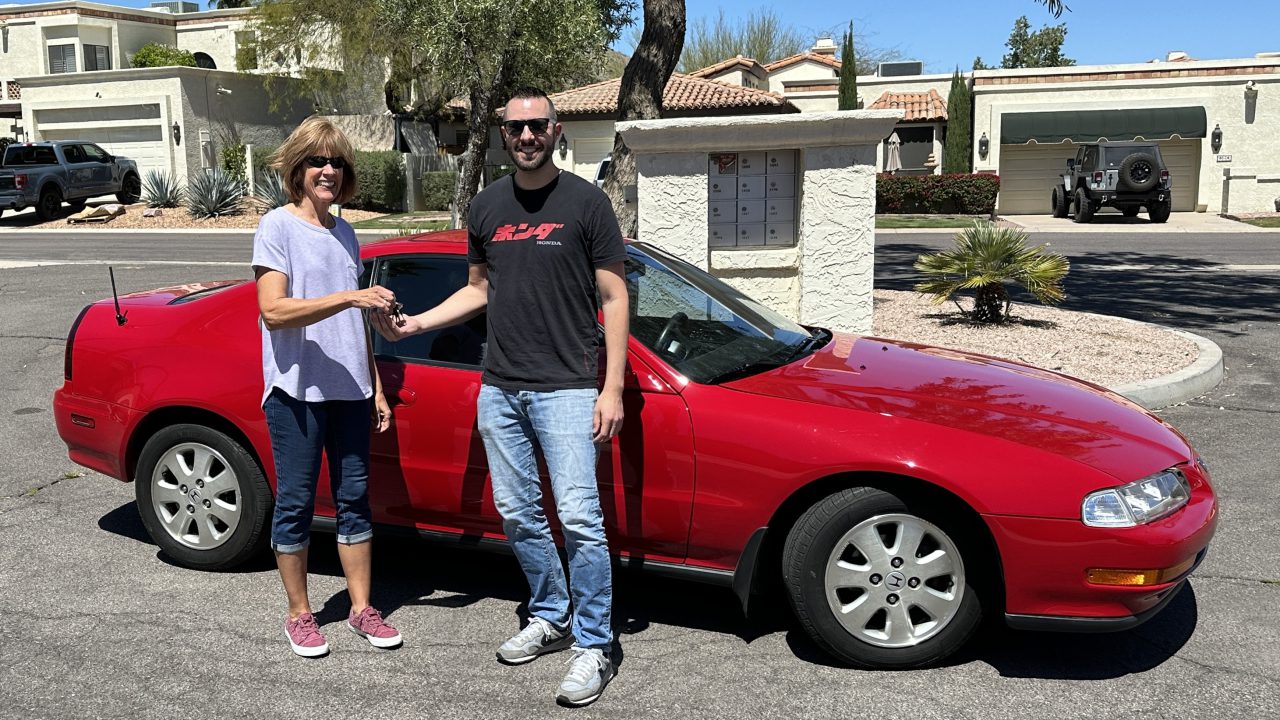
The service records that came with the Prelude paint a clear picture of the love and care it received over its 30-plus years in service as Julie’s primary car. Excluding cosmetic items like new upholstery and a fresh paint job in 2018, the receipts come out to around $15,000 in expenditures. The timing belt and water pump have been changed three times – this is a big-ticket (and important) service item.
Future Plans
My Prelude has survived three decades without falling victim to any kind of crazy modifications, and I intend to keep it clean and original. In fact, my plan is to revert the car to looking even more “showroom” by removing the window tint as well as having the wheels professionally refinished. One upgrade I do plan on adding is the factory trunk-mounted spoiler.

I guess now the only thing left to do is keep tabs on when Honda plans to drop generation number six, so I can promptly put my order in. Have you ever owned every generation of a particular model? Let us know in the comment section!
Stay tuned to The Journal for news on Honda Preludes, both from the past and from the future!


